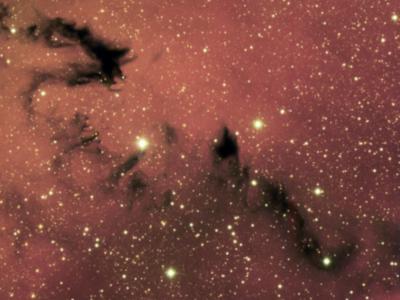Peter J Sarre, Professor of Chemistry and Molecular Astrophysics at the University of Nottingham in the UK, has released a fascinating work that infers, based on previously unassigned optical and infrared astronomical observations and comparison with laboratory data on graphene oxide (GO), that GO is a significant component of interstellar dust.

Dust particles play a major role in the formation, evolution and chemistry of interstellar clouds, stars, and planetary systems. Commonly identified forms include amorphous and crystalline carbon-rich particles and silicates. Also present in many astrophysical environments are polycyclic aromatic hydrocarbons (PAHs), detected through their infrared emission, and which are essentially small flakes of graphene.
The proposal is supported by infrared emission features detected by the Infrared Space Observatory (ISO) and the Spitzer Space Telescope.